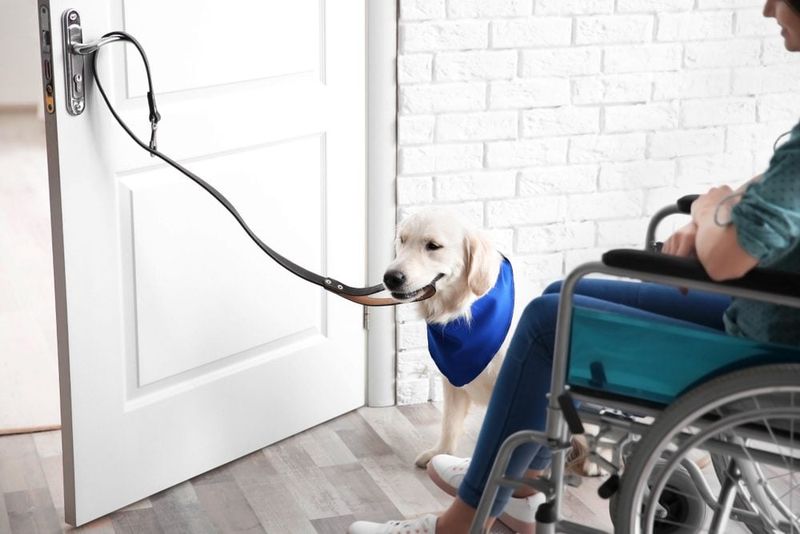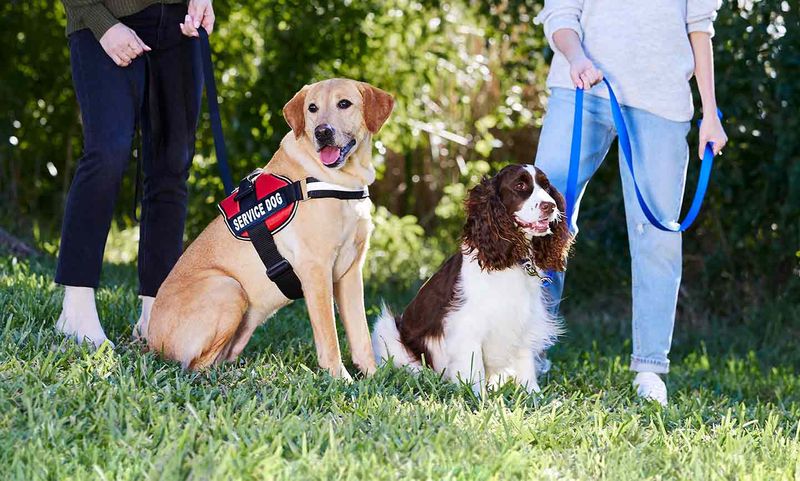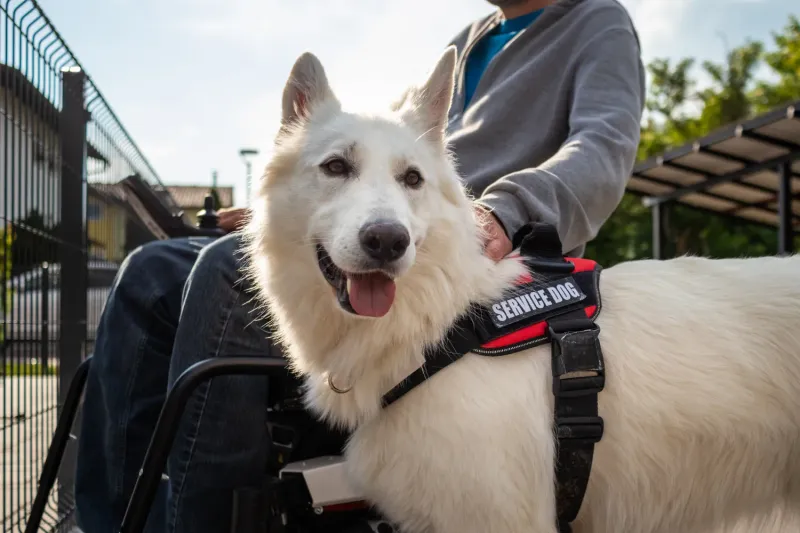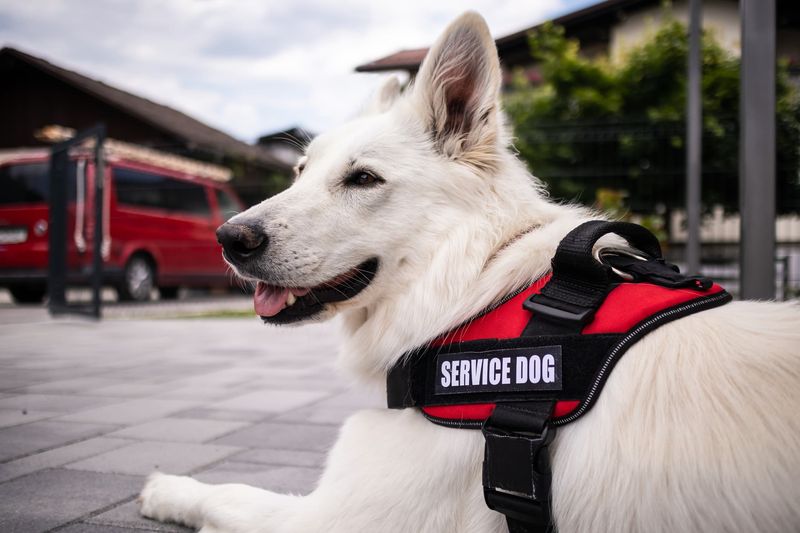Understanding the differences between service dogs, therapy dogs, and emotional support animals is essential for recognizing their unique roles and legal rights. From assisting those with disabilities to offering emotional comfort, each type of animal serves a distinct purpose in enhancing human life. This blog post delves into nine key differences, helping you identify which type of support animal may suit your needs or interests. Explore how they are trained, their legal protections, and the special roles they play in various settings, ensuring you are well-informed about these incredible companions.
Training Requirements
Service dogs undergo extensive, rigorous training to assist individuals with disabilities. This training can last up to two years and covers a variety of tasks tailored to the user’s needs. In contrast, therapy dogs require basic obedience training and a temperament suitable for visiting hospitals or schools to provide comfort. Emotional support animals (ESAs) need no formal training, as their primary role is to provide emotional comfort to their owners through companionship.
It’s crucial to understand that while service and therapy dogs undergo specific training, ESAs are not required to perform specific tasks, making their role more about presence than skill.
Legal Protections
Service dogs are granted full public access rights under the Americans with Disabilities Act (ADA), allowing them to accompany their handlers anywhere. Therapy dogs do not have these rights; they are only allowed in specific facilities where they volunteer. Emotional support animals have some housing and travel protections under the Fair Housing Act and Air Carrier Access Act, but these are more limited than those for service dogs.
Understanding these legal distinctions is key to navigating the rights and restrictions of each type of animal, ensuring proper compliance with regulations.
Purpose and Role
The primary role of a service dog is to perform tasks that assist individuals with disabilities, such as guiding the visually impaired or alerting those with hearing loss. Therapy dogs, on the other hand, provide affection and comfort to people in hospitals or schools, enhancing emotional well-being. Emotional support animals offer companionship that alleviates symptoms of mental or emotional disorders.
Each type of animal plays a crucial role in improving the lives of those they assist, with tasks ranging from physical guidance to emotional support, depending on the needs of the individual.
Public Access
Service dogs are allowed to go anywhere their handler goes, including restaurants, stores, and public transportation. Therapy dogs have access only to the facilities they are scheduled to visit, such as schools, hospitals, and nursing homes. Emotional support animals enjoy limited public access, primarily in housing and during air travel, without the broad public entry rights of service dogs.
Recognizing these access rights is essential for both handlers and the public, as it informs how and where each type of support animal can accompany their owner.
Emotional Connection
Emotional support animals excel in creating a deep emotional bond with their owners, offering unwavering companionship that helps mitigate anxiety, depression, and other emotional challenges. Service dogs, while supportive, are primarily task-focused and maintain a more professional relationship with their handlers. Therapy dogs establish brief connections with those they visit, spreading joy and comfort during their visits.
The emotional link between an owner and their support animal varies greatly, depending on the animal’s role and the context of their interaction, enriching lives in unique ways.
Work Environments
Service dogs accompany their handlers in all environments, whether it’s a busy city street or a quiet office. Therapy dogs visit specific environments like hospitals, schools, and retirement homes, where they interact with groups of people to provide comfort and joy. Emotional support animals typically remain with their owners, either at home or when traveling, offering steady companionship.
Understanding where these animals work best highlights the diversity in their roles, showing how each contributes to various community settings while adhering to their unique purposes.
Certification and Registration
Service dogs typically require certification to verify their training and ability to perform specific tasks for their handler. Therapy dogs often have certificates from organizations that assess their behavior and suitability for therapeutic settings. Emotional support animals do not require official certification but may need a letter from a mental health professional to validate their role.
The certification process for each type of animal varies, reflecting their distinct purposes and the assurance needed to fulfill their roles effectively, whether through formal training or therapeutic presence.
Impact on Owner’s Life
Service dogs can transform their handler’s life, providing independence and control by performing essential daily tasks. Therapy dogs offer therapeutic benefits to patients and students, creating positive experiences during their visits. Emotional support animals enhance their owner’s emotional well-being, easing feelings of loneliness or anxiety through constant companionship.
Each type of animal contributes significantly to the well-being of those they assist, whether by carrying out practical tasks or nurturing emotional health, showcasing the diverse impacts they have on individual lives.
Animal Selection Criteria
Selecting the right animal for each role involves considering temperament, size, and breed. Service dogs are often chosen for intelligence and trainability, such as Labradors and Golden Retrievers. Therapy dogs require a gentle disposition and adaptability, while emotional support animals can be any breed that provides comfort to their owner.
This selection process ensures that each animal can effectively meet the demands of their role, whether through specialized training or natural companionship, enhancing their ability to bring joy and assistance to their handlers.









